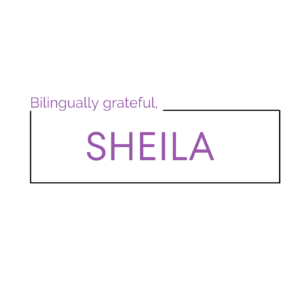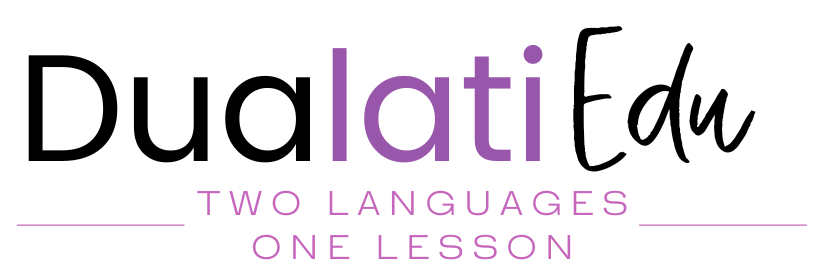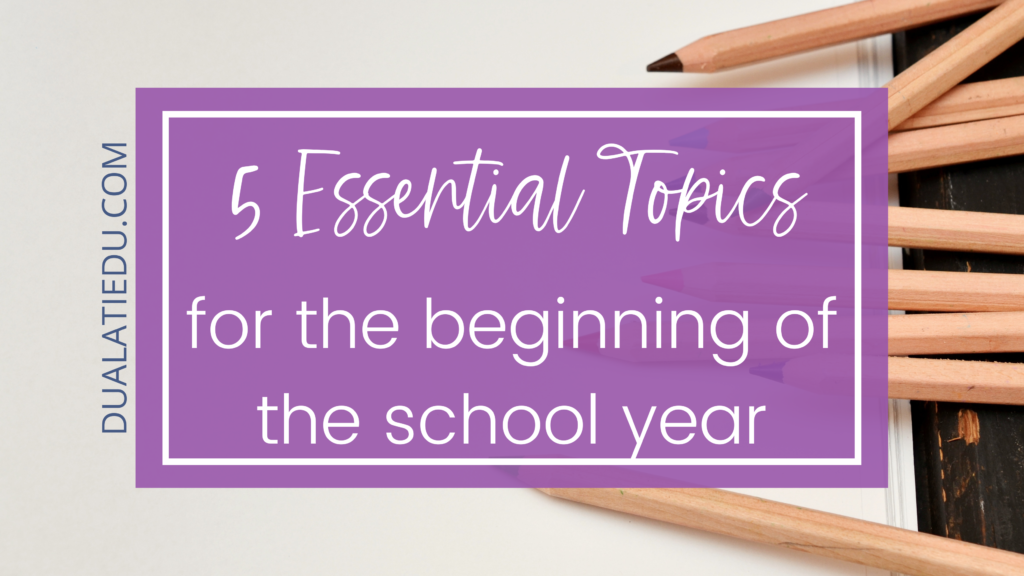Oh, the beginning of the school year! After the first week of my first year as a classroom teacher, I wondered why I was so tired? The students hadn’t even started yet!!
And then, it hit me! Most school districts allow for around four paid days for teachers to prepare for the beginning of the school year. Yep! That’s it! Now, compare that to other jobs where the training period is usually around two or three weeks.
The beginning of the school year can be overwhelming for novice teachers. There is so much information provided to them in such a short amount of time. But, no worries! I am here to help you by making sure you don’t overlook things that you can do at the beginning of your year that will help you all year long!
This will be a quick post. I aim to help novice teachers be more prepared and successful while getting ready for the new school year.
1. Classroom bulletin boards
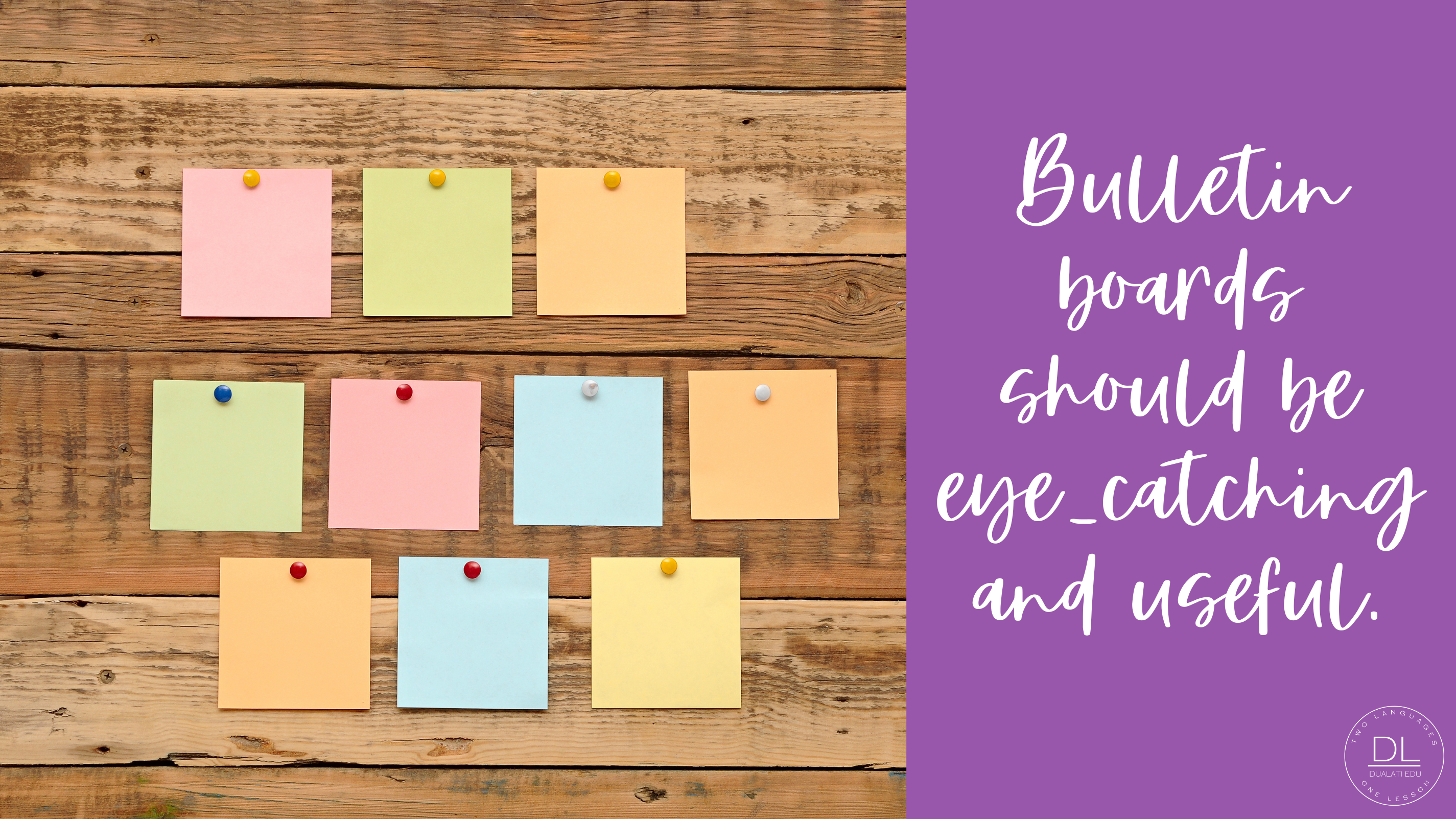
Bulletin boards not only brighten up your classroom with fun colors and shapes, but should also serve a clear academic purpose. So what’s my point? Teachers should provide anchors of support for current or recurring academic standards that students can ACTIVELY use during their time in school.
Some ideas for bulletin boards can be found in this blog post.
2. Morning Meetings
Morning meetings are a part of the school day that has become more ubiquitous and with good reason. It is essential to start the day by strengthening relationships with students to build trust in the classroom community and develop social-emotional skills such as empathy, conflict resolution skills, friendship, self-control, and a positive self-image.
3. Parent communication
Communication is key to understanding the classroom expectations, academic progress, and social-emotional well-being of students.
Therefore, it is critical not to rely on one mode of communication with parents as not all communicate the same way. Phone calls, emails, notes sent with the student, and communication apps should be tools used to communicate with parents effectively. Read more about different ways to communicate here.
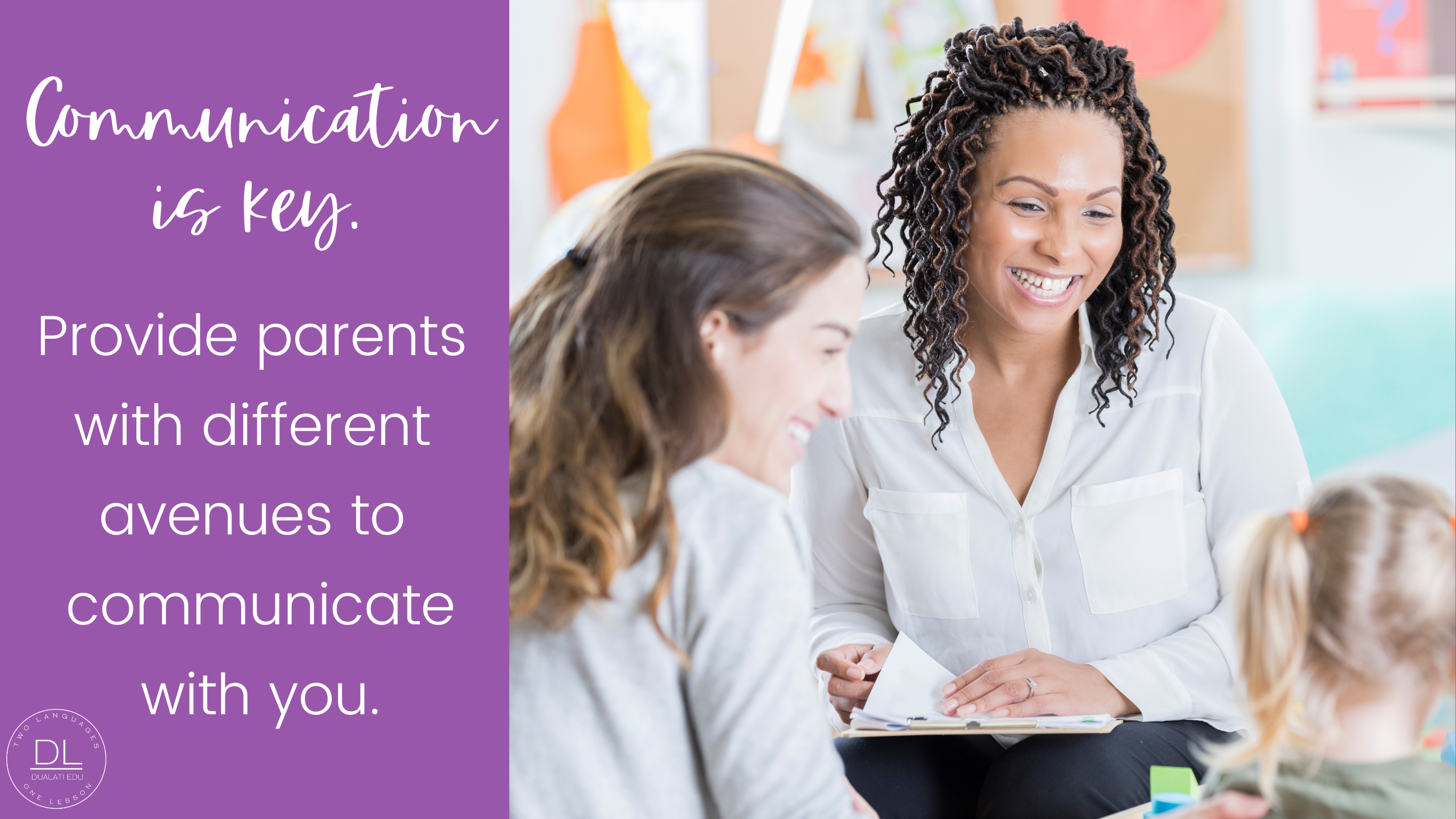
4. Classroom Library
A classroom environment should be welcoming and should act as a tool for instruction. Environmental print, anchor charts, manipulatives, seating arrangements, center stations, and the VERY IMPORTANT classroom library are all instructional tools that students need to have easy and efficient access to in the classroom.
Organize your classroom library in a way that students understand, so that they can be inspired by reading different genres, topics, and reading levels.
5. Project-based learning
Creating projects can be time-consuming if you start from scratch every time. However, you can use templates that can easily change information, use different project parts, and vary the topic to develop new and engaging activities to support student learning.
However, remember to begin with the standard you want to teach in mind.
A few questions to ask while creating: What do you want your students to learn (enduring understanding)? What anchors of support will they have while doing so? What reflection questions or guiding sentences can be added throughout the project? How will they convey that they understand the standard addressed? Check out an idea here.
If you plan your classroom and have it work for you, the beginning of the school year will be a smooth one!
